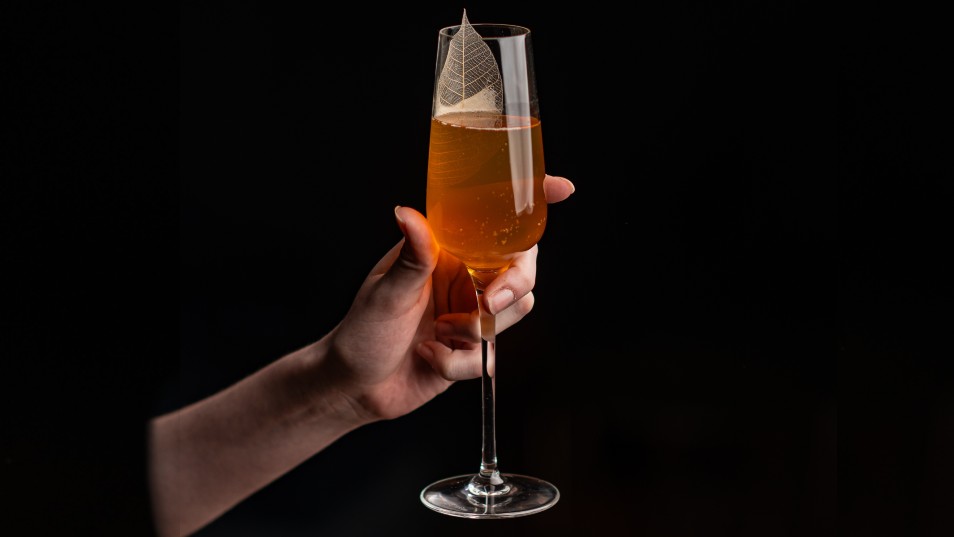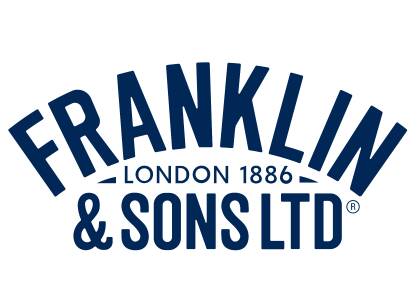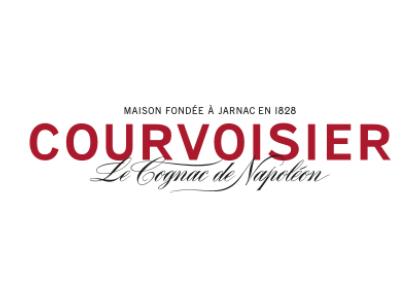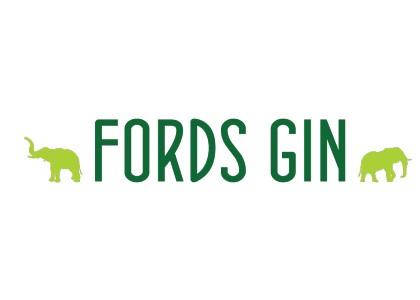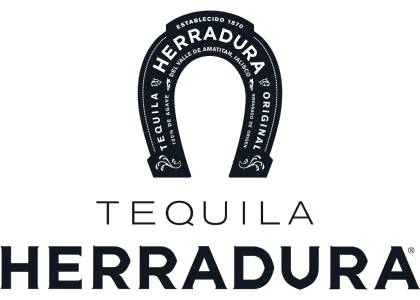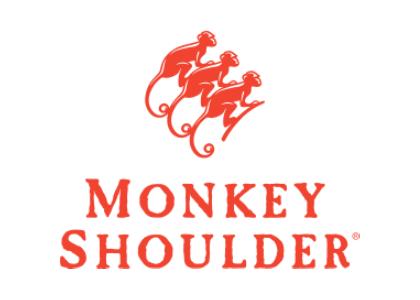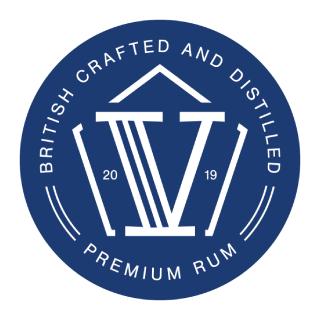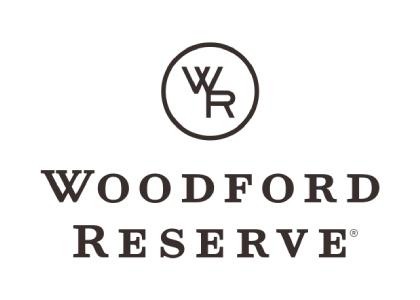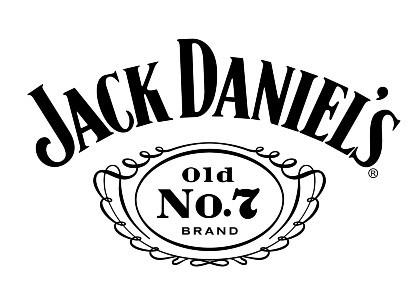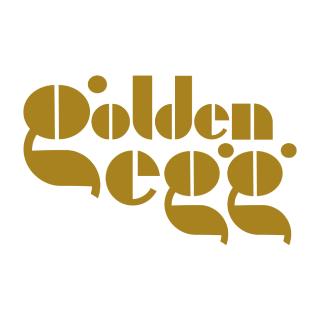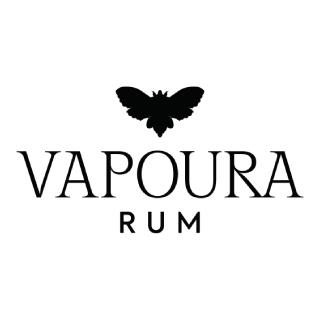I spent the formative years of my twenties studying game design between an extended diploma and my degree. Ultimately, I, (like many people) assumed that my career in hospitality would in no way be influenced by what I had studied. However, I very quickly realised that much of what I'd specialised in during my studies (systems design & user experience) was actually directly translatable to every aspect of hospitality.
User experience roughly translates into guest engagement, many of the tools you develop for keeping your players playing your game are the same as keeping your guest returning to your bar over and over again - pretty handy when returning custom is typically what keeps bars alive. One of the biggest tools within a bar that influences guest engagement is the menu, which is why every bar I’ve ever worked at or run, the menu has been one of my main focuses.
This is where systems design comes in; there are two main design ethos that I apply to drinks and menus. Top-down design and bottom-up design - they’re effectively opposite ways of thinking about a design challenge.
Top-down design starts with a high-level concept and then uses that to influence every stage of the design process. Many of the “concept” menus that we’ve come to know and love in the modern era exercise a top-down design ethos. At Halcyon many of our drinks use top-down design; for example, with our current concept, “Expression”, we start with an idiom, that idiom then acts as the name for the cocktail (or some shortened extrapolation of the idiom), then we use the idiom’s country or culture of origin to influence the ingredients we use. Finally, we create a drink that conjures the same ideals that the idiom does.
Top-down design is best used in situations where you’re trying to deliver on an esoteric concept. You may be less concerned with what specific ingredients you’re using, as the concept is influencing the ingredients that you use. I personally believe any flavour profiles can work together with the correct application of technique, so put the flavour thesaurus down and let your drink develop organically out of your high-level concept.
Bottom-up design is a necessary evil in my opinion and is likely the way that most bartenders come to design drinks. Here you’re starting with the smaller components of a cocktail and then working your way up to the higher-level concepts. You start with tequila, think about flavour profiles that you like with tequila, these components then have to be retrofitted with a name and a story (or no story as is often the case). This is where you end up with many drinks called some combination of “fruit that's in the drink” + “classic cocktail name”.
The advantage to bottom-up design is that it's exceptional at filling out the gaps that are in your menu as you’re designing it, ensuring that all bases are covered. The two design methods are not mutually exclusive, and should be used in harmony with each other, for example, if you design 8 drinks using top down, you may be left without any drinks with a particular spirit or a particular style of drink, now you can use bottom up design to fill the gaps, very helpful when you’re making sure all your spirit contracts are fulfilled.
Both of these design ethos work towards guest engagement in their own ways, top down creates compelling stories that not only act as a topic of conversation with your guests, pulling them further into your bar concept, but also really demonstrate the amount of effort you put into designing them. Bottom-up design means that every guest is catered for, as your menu will likely feature a spirit from all the popular categories or every style of drink, from short and strong serves to long & approachable. The combination of the two often leads to the most well-rounded menus.
Our latest menu at Project Halcyon, “Expression”, is an exercise in using top-down design theory with solid bottom-up foundations so that each drink is telling a story or delivering upon a theme, whilst ensuring that every spirit, style of drink and guest preference is catered for.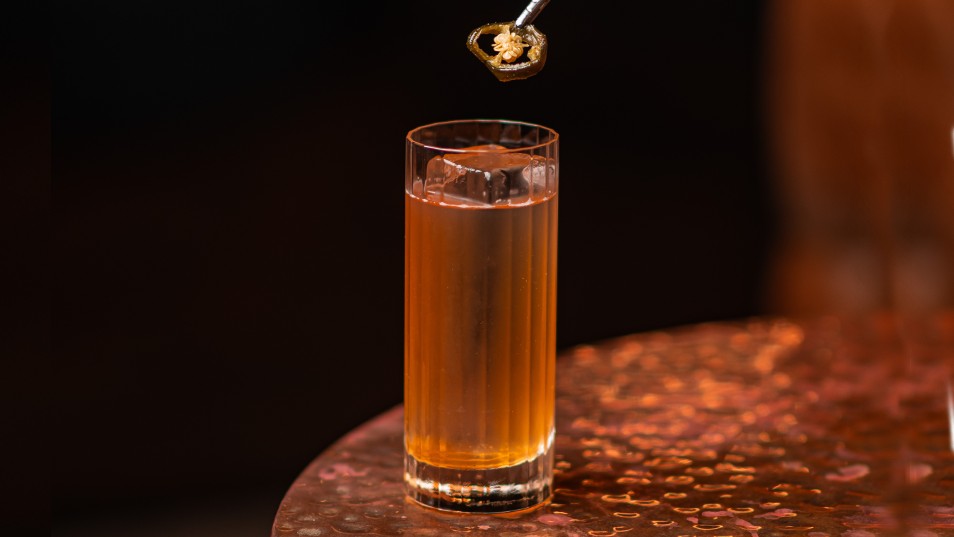
Our menu for this year’s Top 50 awards is effectively a miniaturised version of those same sensibilities, “Creek Don’t Rise” is extrapolated from the idiom “if god willing and the creek don’t rise”, an expression that traces its roots back to Tennessee, the buckle of the American bible belt. So, we’ve encapsulated some of the most popular and iconic things from Tennessee. Jack Daniels of course, ginger beer, one of the most popular pairings for Jack Daniels, strawberries, which have whole festivals dedicated to them in the early summer, and finally hot honey, a popular condiment for many of Kentucky’s dining exports. This drink is an example of how we use an idiom’s geographical origin to influence our ingredient choice and effectively allow the drink to design itself.
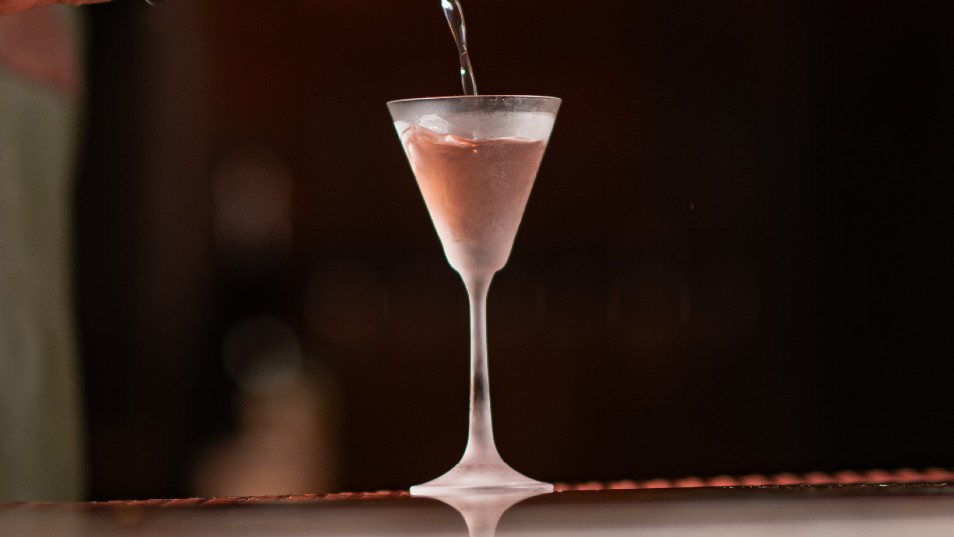
Meanwhile “A Drop in The Ocean” is more about creating a physical interpretation of the image that the idiom conjures in your mind. Combining Ford’s Gin, Floc De Gascoigne & Fino Sherry into a martini style serve, we added a samphire infusion and liquid koji to create a saline serve to replicate that coastal element and sea spray. Adding tarragon oil as the garnish finalises the now very physical representation of the idiom.
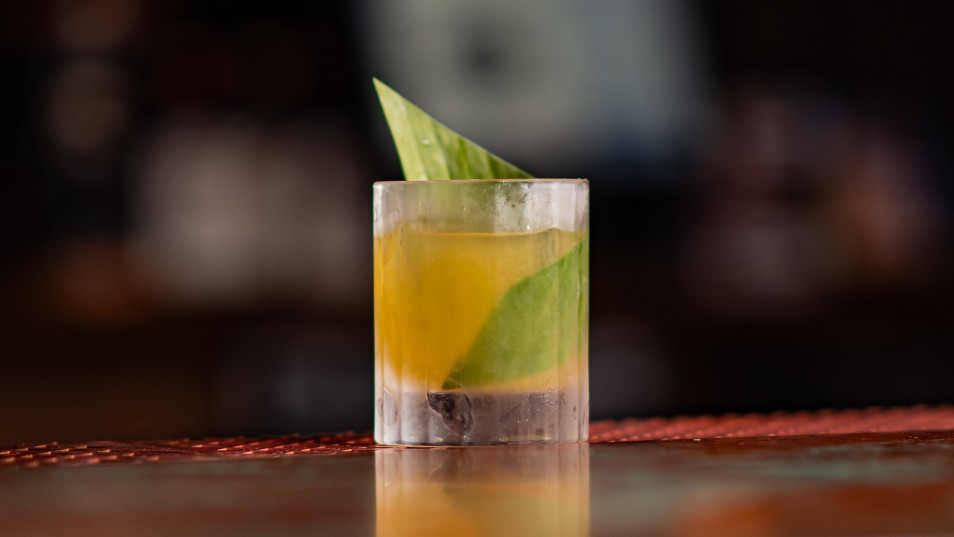
“Price of Stone” is a drink created using the bottom-up design system; we need to make a drink with Herradura, and we already have two drinks with very differing styles, so now the challenge is very succinct and rigid. We brought back an ingredient that we’ve used a few times for various serves that we know would pair wonderfully with the Herradura, after some minor tweaks and experimentation. We finish by finding an idiom that retroactively fits that drink, it just so happens that “a mango at the price of stone” works perfectly, lucky us.
Ultimately, much like a fantastic cocktail, a fantastic menu requires the perfect blend. No great menu was created using just one of these two design ethos, it requires the ability to seamlessly switch between the two. Chances are you’re already doing some degree of these design styles without realising, but your research and development sessions will produce much more effective results when paired with a good understanding of design systems and by never straying from the ultimate goal, an incredible experience for our guests.
